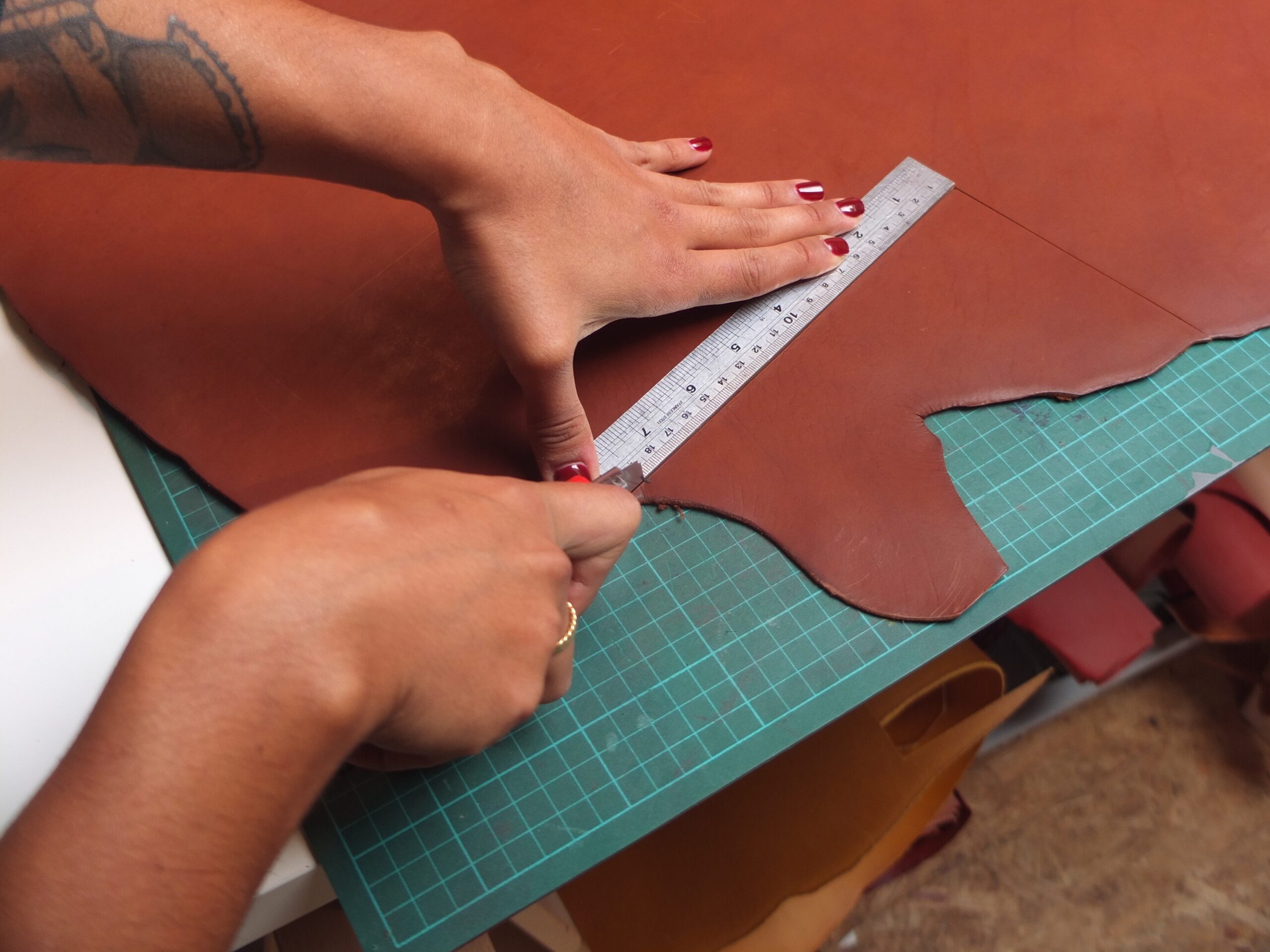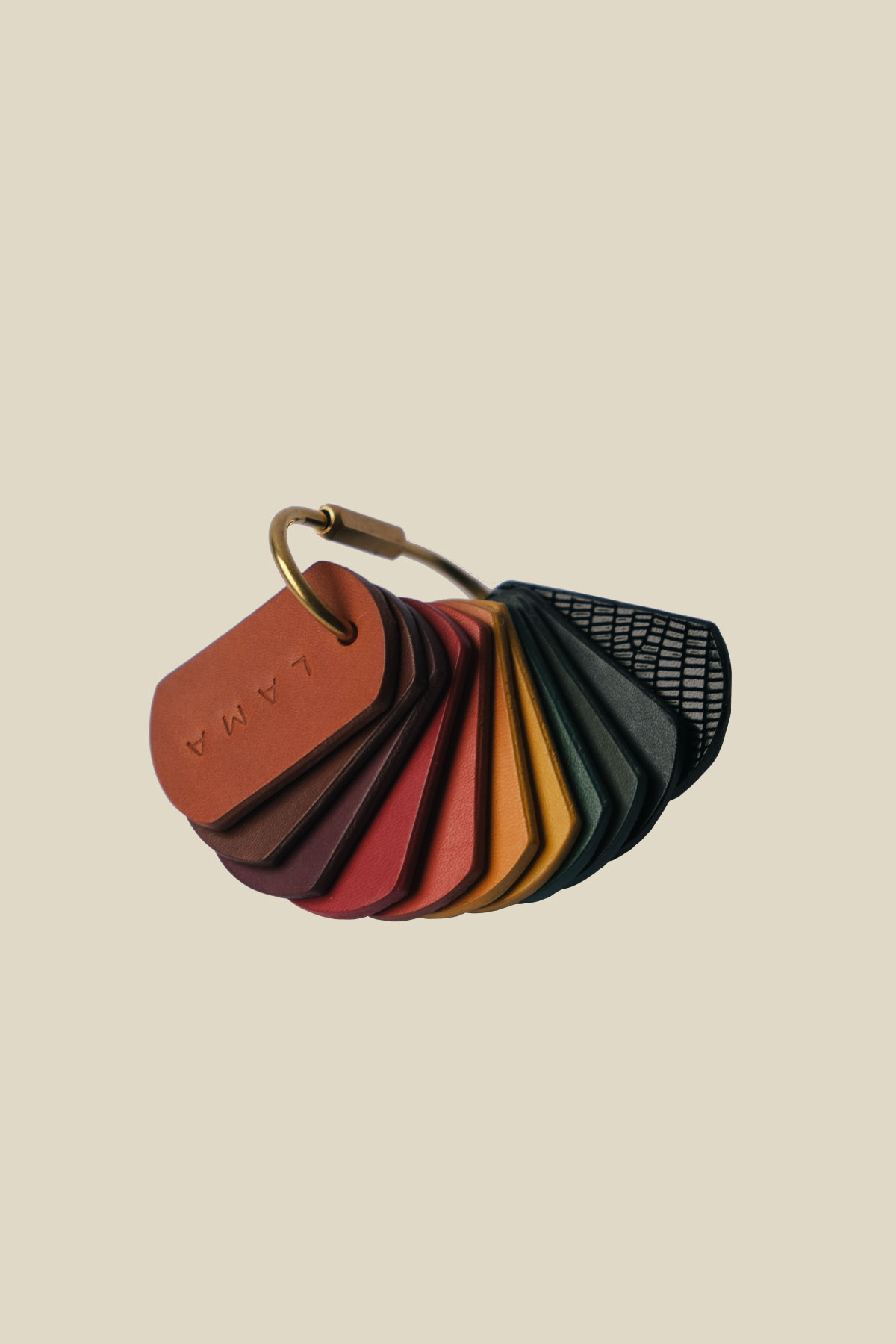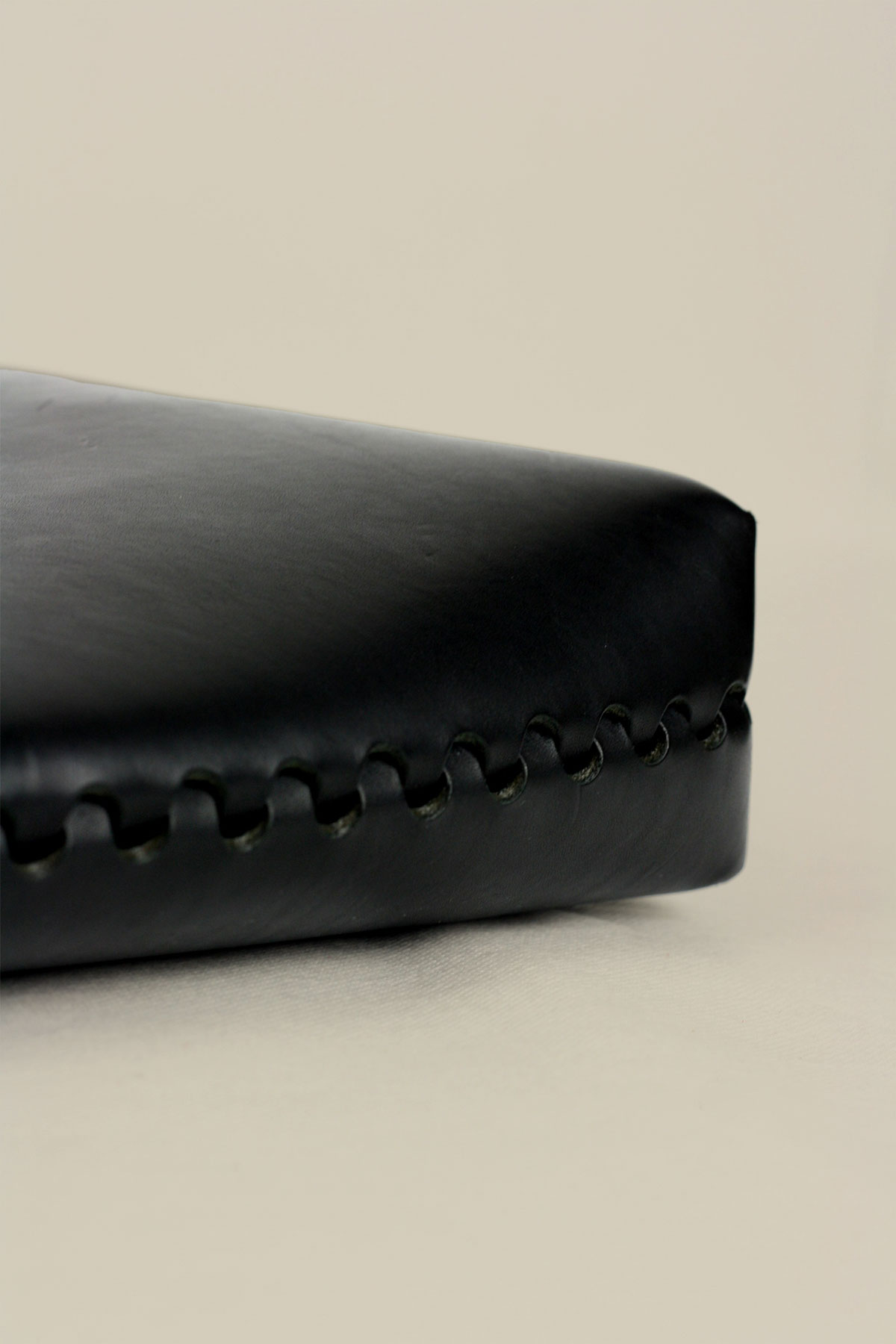CARE
Don’t undo our products as they may be difficult to reassemble.
Nourish and waterproof the leather 1-2 times a year with some oil, or a wax-based balm. More instructions below.
If your product has screws, make sure they are tightened from time to time. so you don’t lose them, since leather continues to adapt, especially in the beginning.
Vegetable tanned leather will become darker with sunlight and use, acquiring a beautiful patina and unique character over time.
There may be minor imperfections in the finished product, remember that everything is handcrafted by the designer, not by machines 🙂



